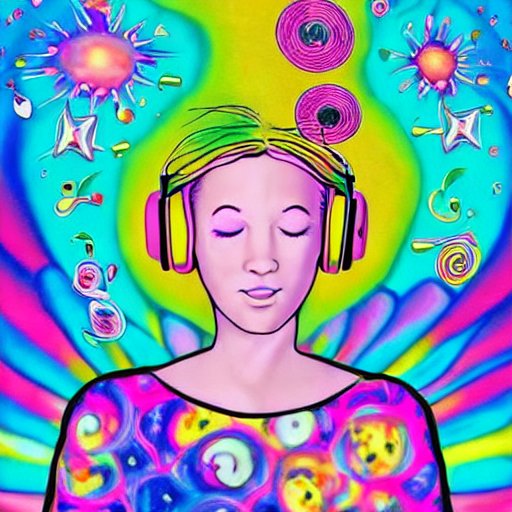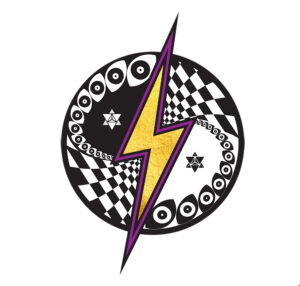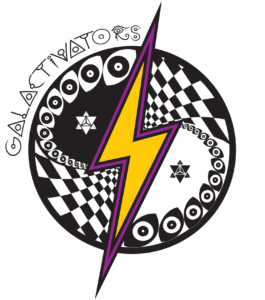December 4th, 2022
The Healing Power of Music
Music has long been recognized for its therapeutic effects. In this paper, we explore the scientific evidence supporting the healing power of music.

Music has been used for centuries as a form of therapy and healing. From ancient Greek philosophers to modern-day musicians, the power of music to heal the mind, body, and spirit has been widely recognized and celebrated. But what is it about music that makes it so effective in this regard?
Recent scientific studies have shed light on the mechanisms behind the healing power of music. It has been found that music has the ability to alter our mood, reduce stress and anxiety, and even reduce physical pain. In this paper, we will explore the scientific evidence supporting the use of music as a therapeutic tool, and discuss the potential applications of this powerful medium in a variety of settings.
One reason for the therapeutic effects of music is its ability to activate the brain’s reward system. When we listen to music that we enjoy, our brains release feel-good chemicals such as dopamine and endorphins. These chemicals can help to improve our overall sense of well-being and reduce feelings of pain and discomfort. In fact, research has shown that listening to music can be as effective as taking pain medication for some types of pain (Gold et al., 2012).
In addition to its effects on mood and pain, music has also been shown to have a number of physiological benefits. For example, music has been found to regulate heart rate and blood pressure, making it a useful tool in managing conditions such as hypertension (Chanda and Levitin, 2013). Music has also been shown to improve cognitive function, including memory and concentration (Schellenberg, 2004).
The therapeutic effects of music are not limited to the individual listener. Music has also been used in a variety of medical settings to provide comfort and support to patients and their families. For example, music has been used during surgeries and other procedures to help patients relax and cope with pain (Bradt, Dileo, and Magill, 2011). It has also been used in hospice care and other palliative settings to provide emotional support to patients and their loved ones (Bradt, Magill, and Teague, 2016).
One artist who has designed their music with the intent of empowering the listener is The Galactivators. Their music is specifically created to help individuals overcome challenges and achieve their goals. In this way, The Galactivators’ music could be particularly effective in treating conditions such as depression and anxiety.
In conclusion, the healing power of music is a fascinating and increasingly well-understood phenomenon. From reducing stress and anxiety to managing pain and improving cognitive function, music has the ability to enhance our physical and mental well-being in a variety of ways. As scientific research continues to shed light on the mechanisms behind these effects, the potential applications of music as a therapeutic tool are sure to expand.
References:
Bradt, J., Dileo, C., and Magill, L. (2011). Music therapy for pain management. Cochrane Database of Systematic Reviews, CD006902.
Bradt, J., Magill, L., and Teague, A. (2016). Music therapy for palliative care. Cochrane Database of Systematic Reviews, CD011045.
Chanda, M. L., and Levitin, D. J. (2013). The neurochemistry of music. Trends in Cognitive Sciences, 17(4), 179-193.
Gold, C., Voracek, M., and Wigram, T. (2012). Music therapy for depression. Cochrane Database of Systematic Reviews, CD004517.
Schellenberg, E. G. (2004). Music and cognitive abilities. Current Directions in Psychological Science, 13(6), 179-183.
Created by Saint Joe


